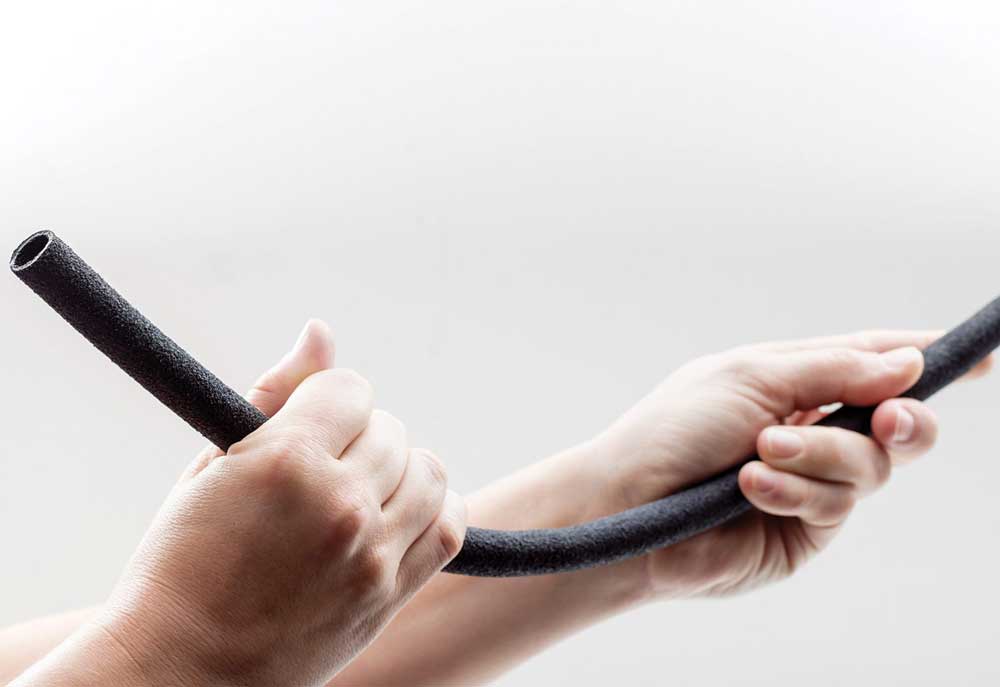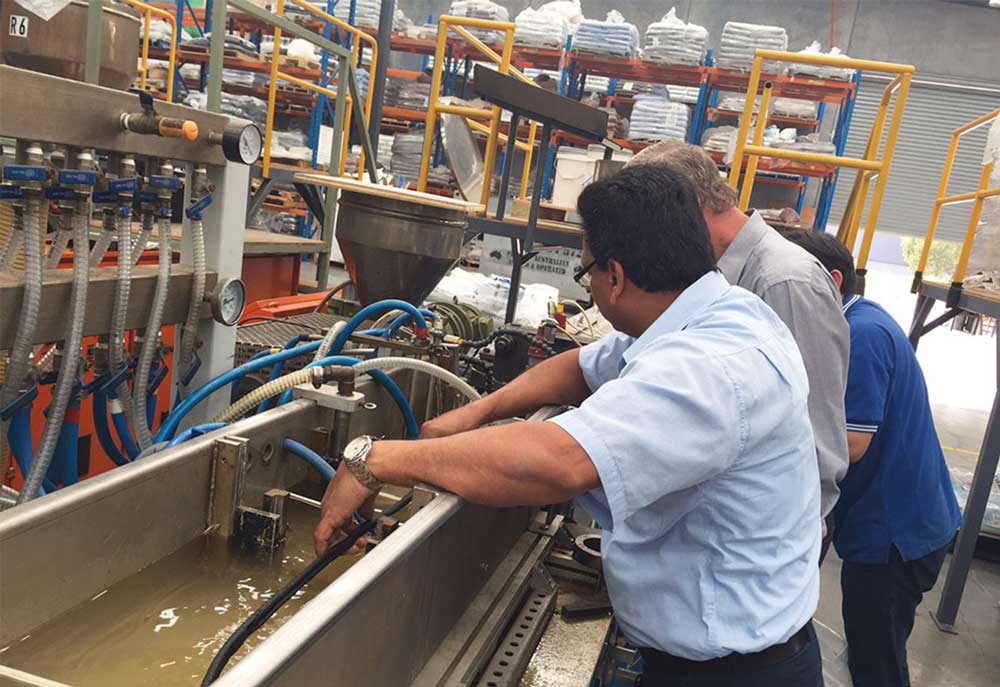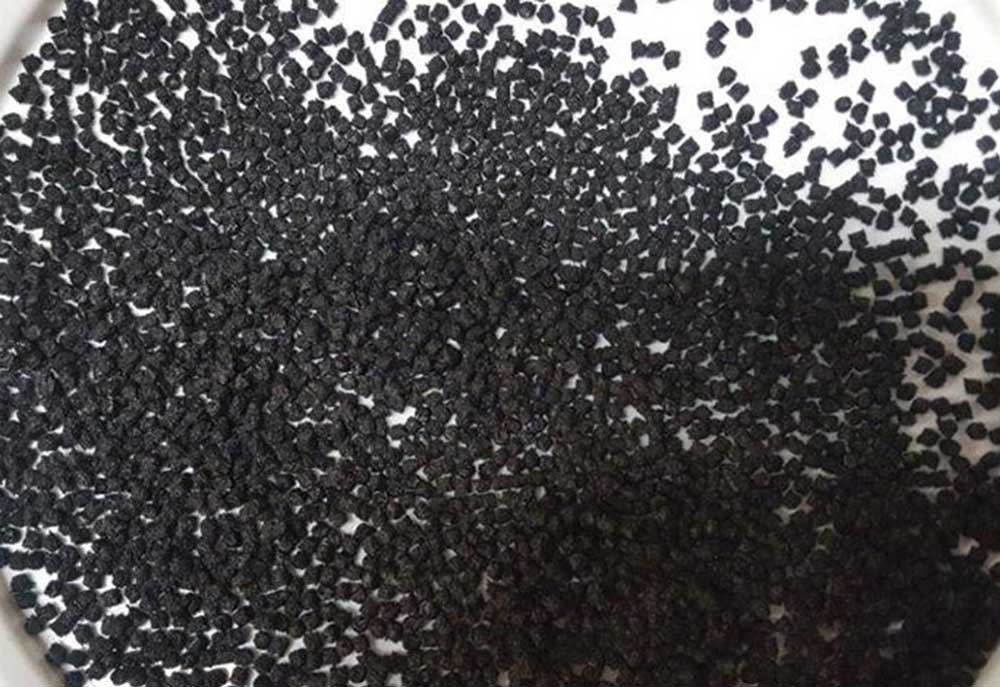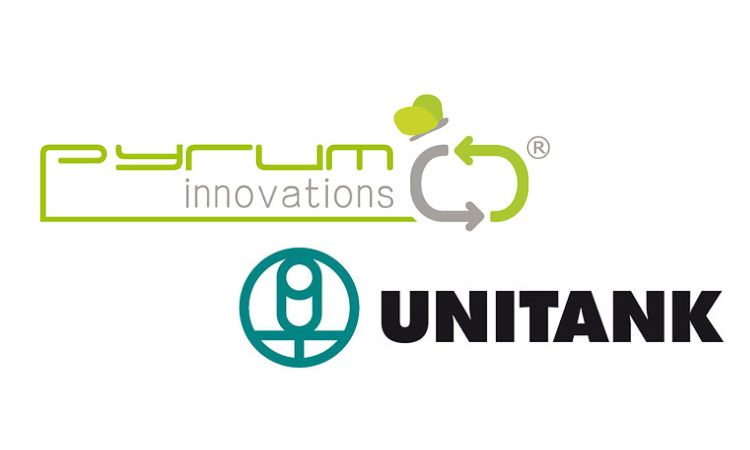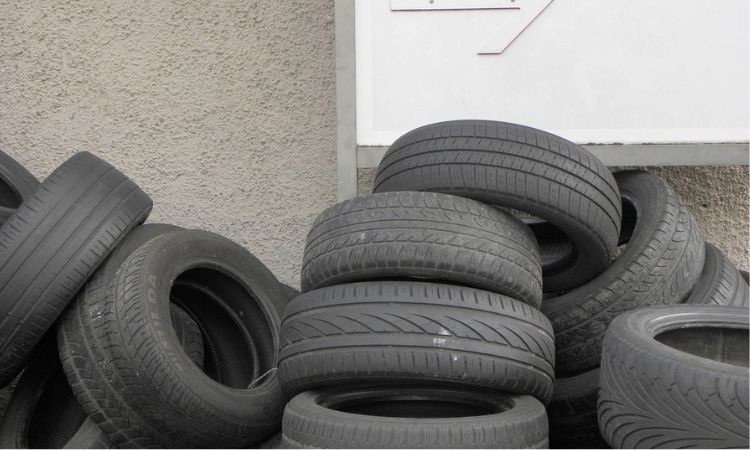Australian devulcanization technology looking for recognition
This April, an Australian online magazine about engineering ideas Create Digital published an article about an engineer who is determined to find innovative solutions to recycle end-of-life tires in the country. As tires are built to last, it becomes a problem when it is time to recycle them.
Engineers and scientists all over the world are challenged by the waste problem on horizon. An engineer who claims to have a solution is Michael Vainer, inventor and founder of Polymeric Powders Company. According to the magazine, he has been trying to develop solutions for tire waste for more than a decade and a half.
New rubber devulcanization technology
Michael Vainer is an engineer looking at how to solve end-of-life tire problem. While Vainer’s company website reveals few details, he is known to have conducted a lot of research and holding many patents.
Vainer company Polymeric Powders’ process takes in raw materials from tire shredders, applies thermal processing followed by a cracking process, then combines the resulting powders with common plastics. The resulting composite material is provided as masterbatch pellets for injection molding or extrusion, or as filament for 3D printing.
Polymeric Powders recycles end-of-life tires into a plastic rubber material. | Photos by Create Digital.
“I have now developed a very controlled surface area devulcanization approach, which does not degrade the rubber, if I utilize any recycled rubber for my plastic-rubber composite material production,” explained Vainer.
“If the price of specific types of raw rubber drops to an economically viable level, then I can just as easily wholly use it with my new technology for commercially viable plastic-rubber composite material production.”
“If the price of specific types of raw rubber drops to an economically viable level, then I can just as easily wholly use it with my new technology for commercially viable plastic-rubber composite material production.”
Technology looking for recognition
Create Digital writes that so far, recognition for Vainer has included reaching the finals of the Australian Technologies Competition in 2015 and receiving support from Tire Stewardship Australia in 2017 to develop and test a composite for injection molded flexible irrigation pipes.
Vainer believes that Australia is not well placed for the future, because there is limited demand from manufacturers for products from local recyclers of tire rubber and plastic at current prices.
“I have now developed a very controlled surface area devulcanization approach, which does not degrade the rubber,” says Michael Vainer. He adds that what is needed are high value uses of such materials.
“The company should be able to purchase as its inputs the materials produced from Australian recyclers of tire rubber and plastic, and then utilize them in its processes of producing plastic-rubber composite material for selling as a masterbatch to high value product manufacturers,” Vainer says.
“However, the still necessary finalization of [research and development] requirements, including the necessary machinery involved, is very costly for a [small enterprise] and requires initial upfront funding and subsidy from government if Australia is going to be serious in addressing this major problem.”
According to Polymeric Powders, its plastic-rubber material offers the benefits of increased shock absorption, crack resistance and insulation. It is suitable as masterbatch for uses including agricultural irrigation drip-pipes, ceiling housing for passive infrared sensors, and electrical metallic tube insulating bushings, among other applications that Vainer is still researching.
Production at the company’s North Geelong site is at research and development level currently. Feedstocks it has used have included specific types of raw rubber, varieties of recycled tyre crumb and commercial plastics. After investigation, Vainer said the company’s business model will need to use recycled plastic to be viable.
To learn more about the inventor and the company’s activities, we recommend proceeding to the original article by Brent Balinski at Create Digital and the website of Polymeric Powders.
Weibold is an international consulting company specializing exclusively in end-of-life tire recycling and pyrolysis. Since 1999, we have helped companies grow and build profitable businesses.




